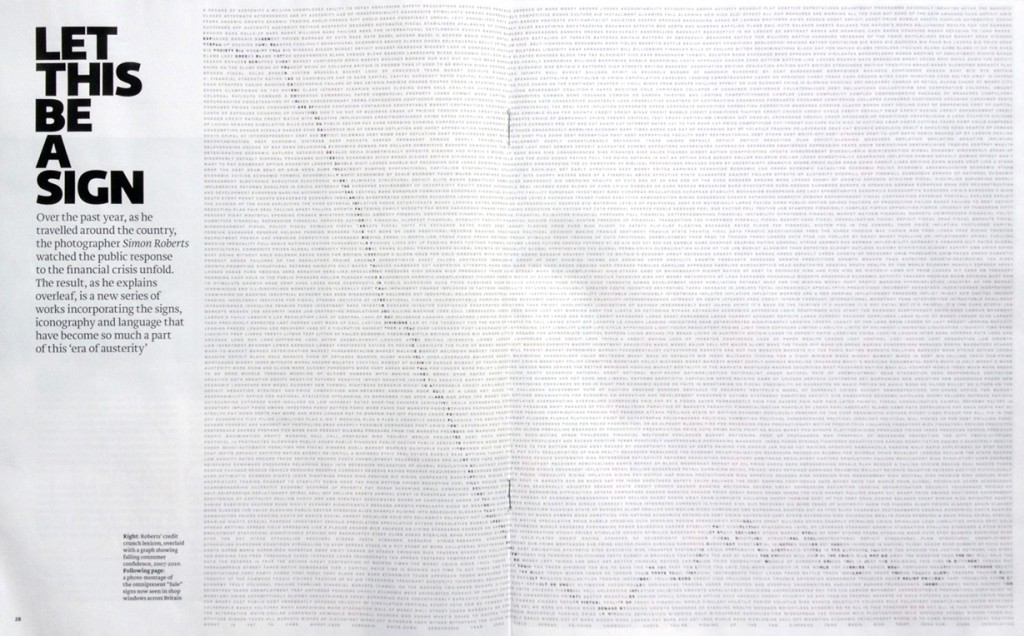My second dispatch from the London Olympics published in today”s Financial Times Weekend Magazine and online here.
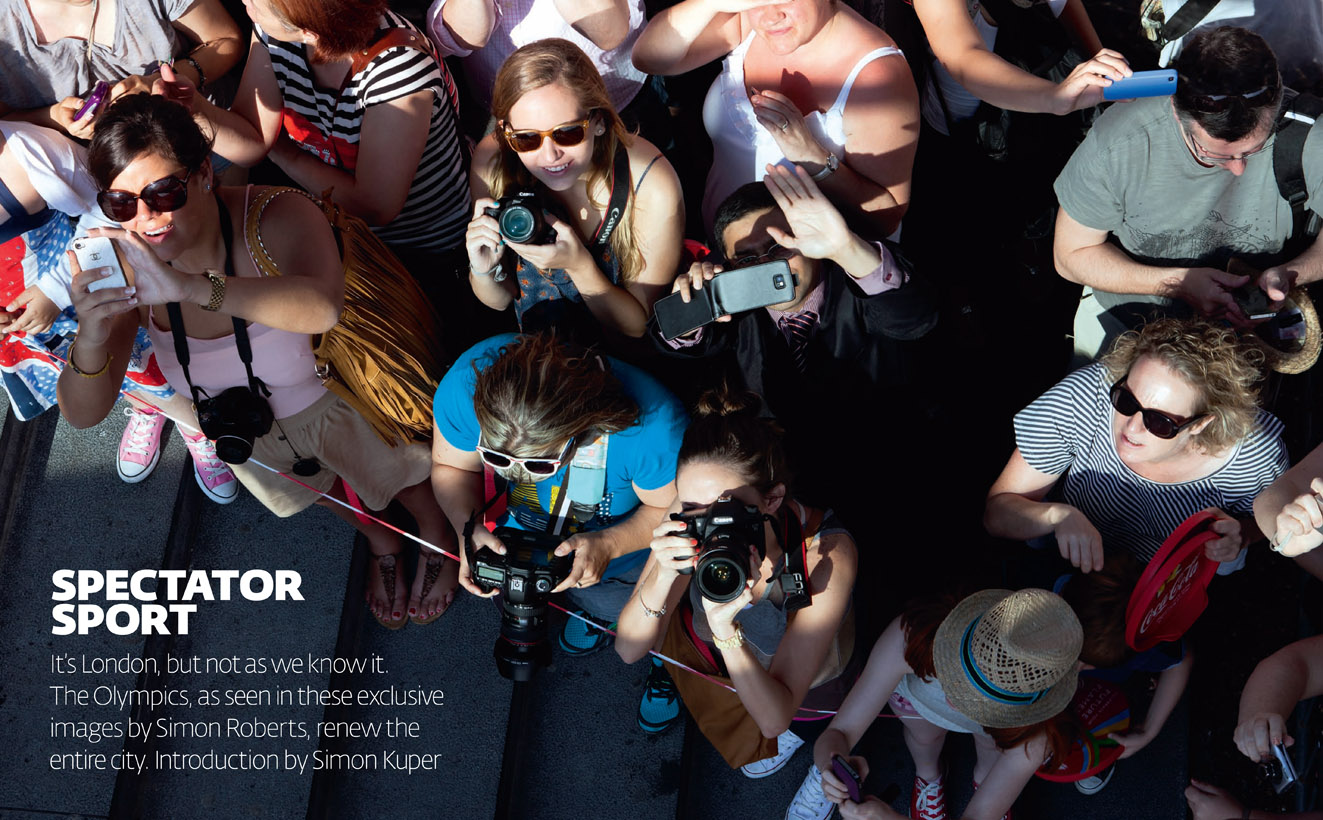
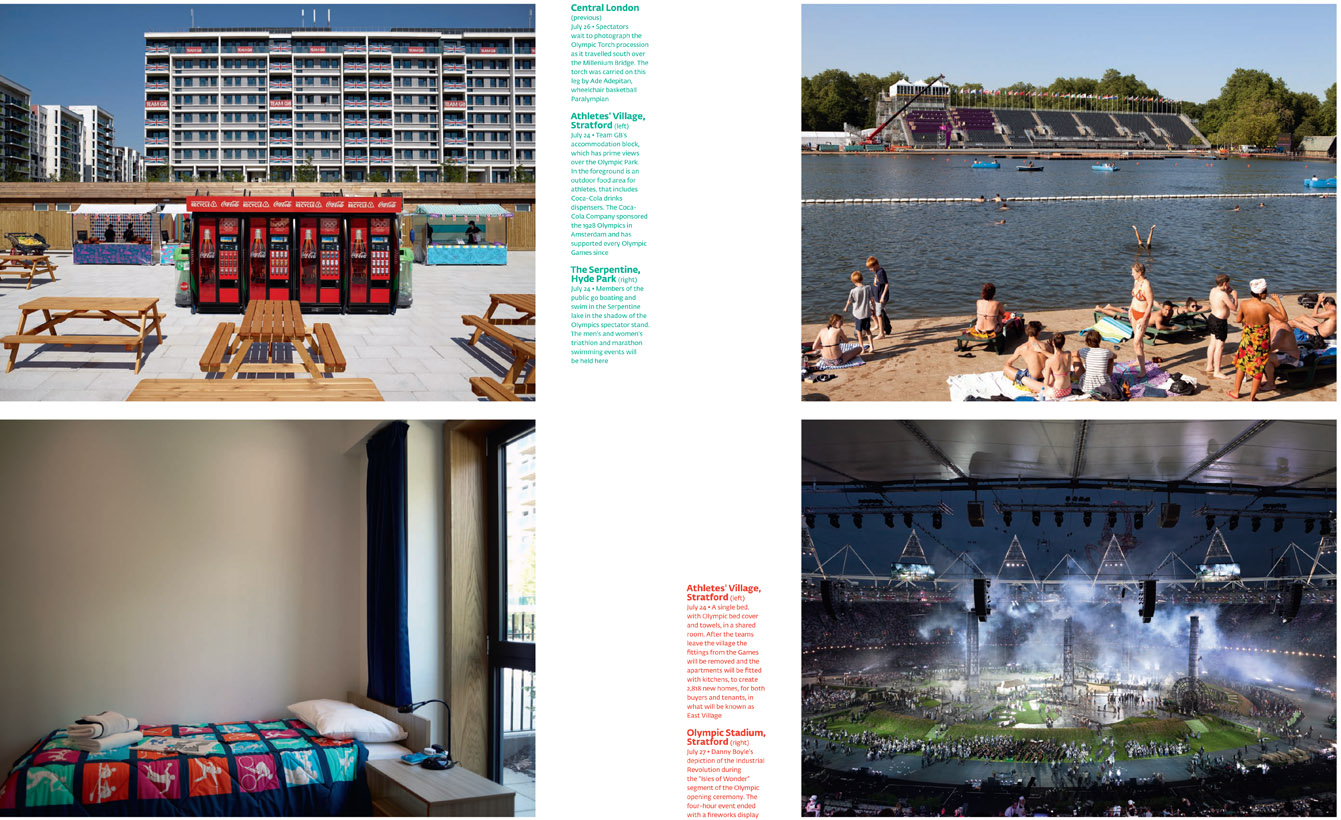
<img class="alignnone size-full slots online wp-image-3104″ title=”012-021_FTMAG_0408_FINAL-3″ src=”http://simoncroberts.com/wp-content/uploads/2012/08/012-021_FTMAG_0408_FINAL-3.jpg” alt=”” width=”1362″ height=”820″ />
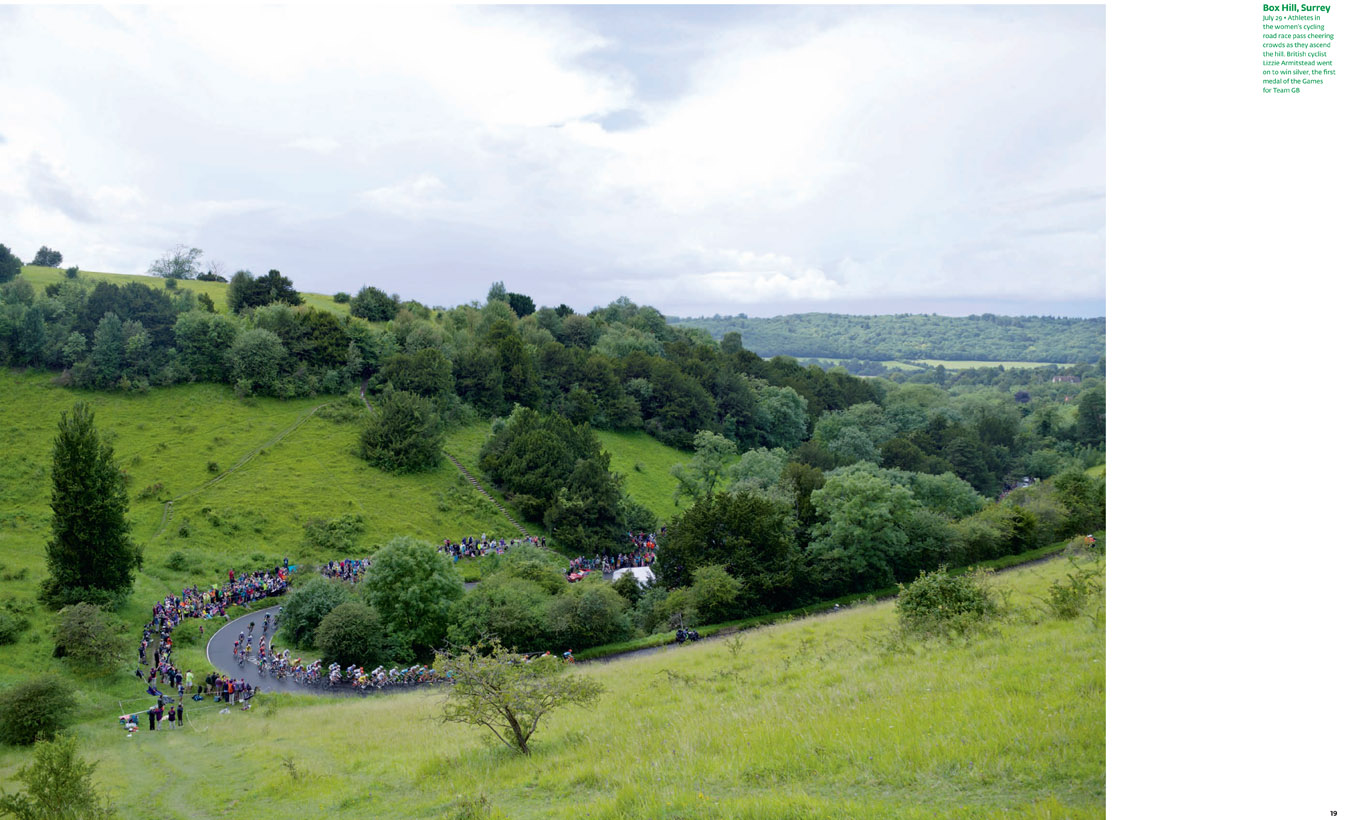

I”ve been granted access to the 2012 London Olympics by the IOC to produce an alternative look at the Games. Over the next four Saturday”s you”ll be able to see some of my dispatches in the FT Weekend Magazine and on their website casino francais en ligne here.
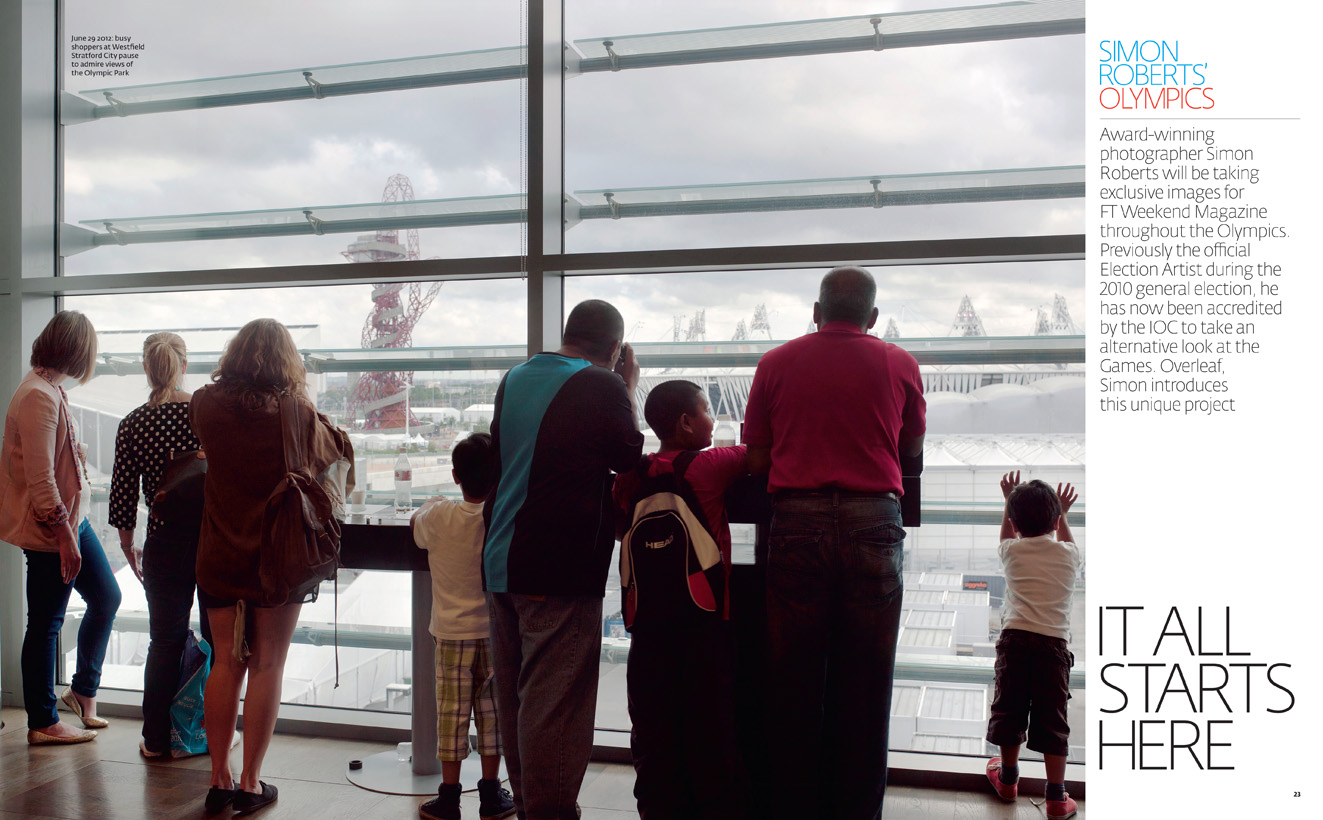
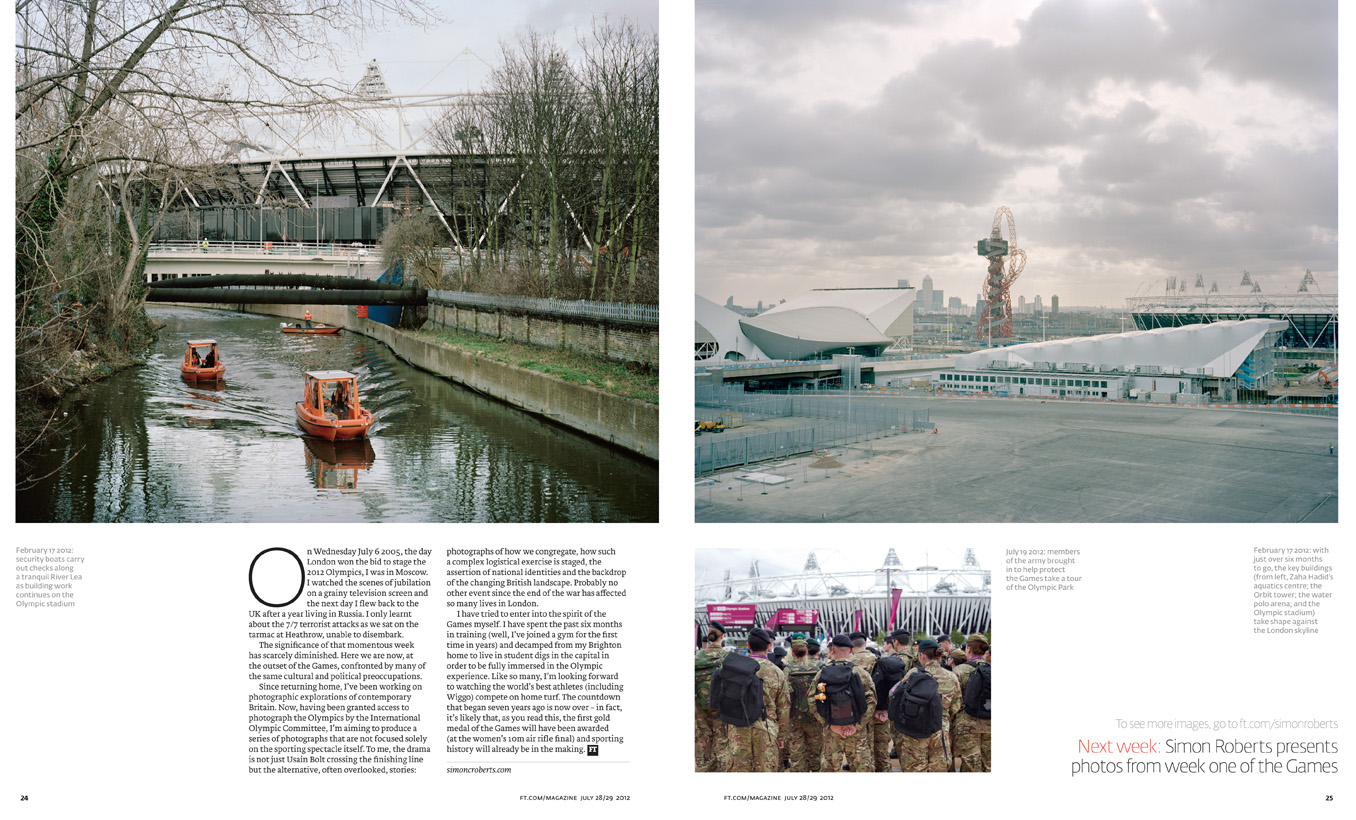
Let This Be A Sign is featured in the July issue of Creative Review iPad app (which you can download here) and the British Journal of Photography (which you can download here).
The new issue of Boat Magazine has just launched with London as its selected city. The magazine includes a selection of my work where I contrast photographs taken inside financial institutions in the City of London, alongside landscapes of protest where groups like Occupy London have been reacting against the austerity measures implemented by the coalition government.
Other contributors include Nick Hornby, Jon Ronson and Erin Spens. Find out more about the publication here.
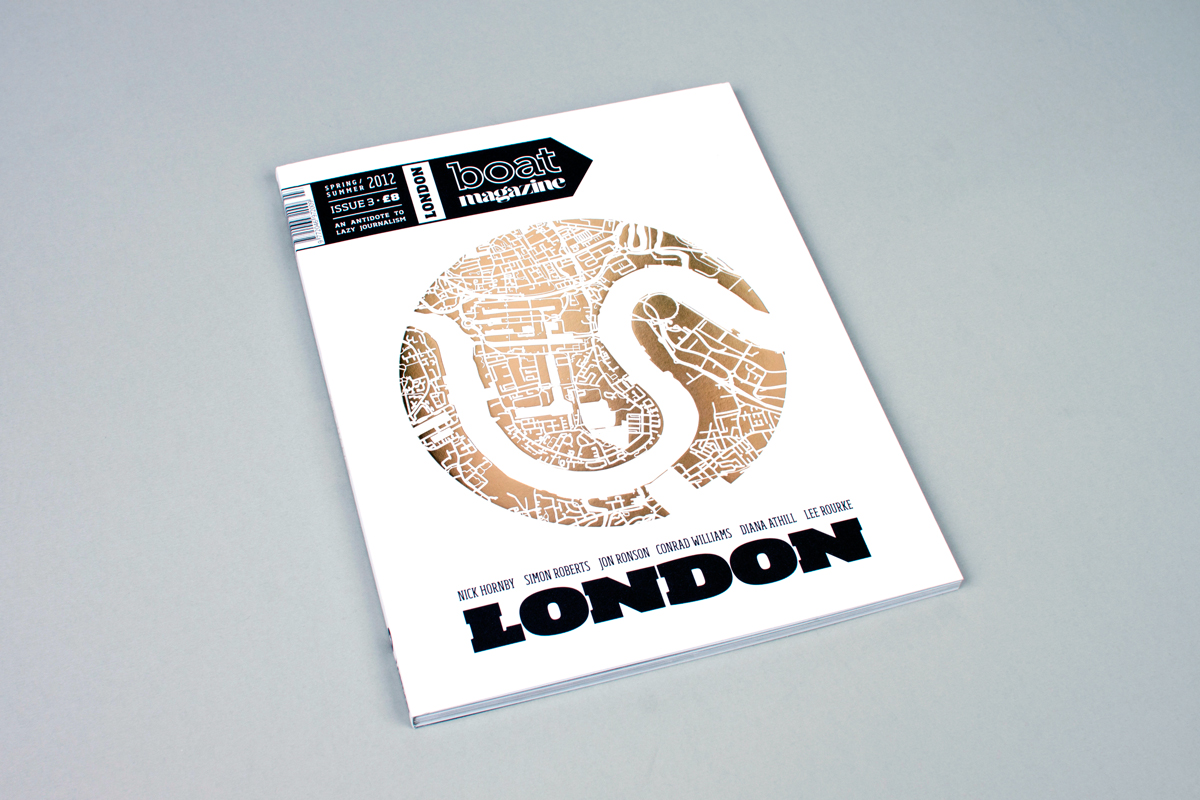
A photograph from my upcoming exhibition at Swiss Cottage Gallery Let This Be a Sign is featured in current issue of Wonderland magazine.
Today the New York Times Magazine online have published a piece about my collection of protest posters, along with a short interview.
One of my Pierdom photographs is featured on today’s Flakphoto The Collection.
My new series of work ‘Let this be a sign’ is published in today’s FT Weekend Magazine. It incorporates the signs, iconography and language that have become part of Britain’s era of austerity.
Over the past 12 months I’ve been looking at different ways of representing these effects. I started with the series “Star Chambers”, published in the FT Weekend Magazine in April 2011. These were photographs taken inside city halls around the country, where annual budgets were agreed and major cuts signed off. But as the situation has moved on, I have employed video, text, objects such as protest banners, as well as photographs, in an attempt to record our new predicament and its shifting economic and political geography.
The crisis has moved terminology and jargon from the business pages on to the front pages of our newspapers, radios and TV sets; these words have become part of our everyday language. Arranged alphabetically, they highlight the fog of rhetoric, hyperbole and exotic, sometimes contradictory terms used by politicians, economists, protesters and journalists to describe the effects of the credit crunch. I collated the text from political speeches, papers from the governor of the Bank of England, newspaper headlines, protest poster slogans and economic reports, all of which reference the economic situation from 2007 to 2012. Against this lexicon I traced the downward graph of consumer confidence during the same period.
The UK high street has been one of the major casualties of the credit crunch, with a recorded dive in consumer spending leaving a wake of failed shops and brands. Sale signs are now omnipresent in shop windows, desperate to entice us with bright colours, shouty promises and seemingly massive price reductions. But while some shopfronts are shuttered for good, discount stores are enjoying a booming trade – known as “the Aldi Effect”.

The increase in demonstrations, student sit-ins and union strikes has seen a plethora of home-made, low-tech protest signs – ironic given the ways movements such as UK Uncut use social media to rally their followers. Compared to the angry slogans of the 1970s, the tone of these placards is quite gentle, with an underlying element of humour.
The Occupy London movement almost became an art installation in itself. Between mid-October and late February, the encampment outside St Paul’s Cathedral focused the protest against corporate greed and briefly became part of the local landscape. The montage opposite uses some of the hand-crafted notes, messages and signs posted up around the cathedral and Paternoster Square before the camp was closed down at the end of February.
What isn’t clear is how much difference the protests will make. As
the new financial year unfolds, and recovery is even slower than predicted, there is no guarantee that the fiscal landscape will improve. In this sense, my work is unresolved. The installation is ongoing, mutable and subject to all of our fears and desires.

My Polyarnye Nochi series is featured in the current issue of Russian Esquire magazine. To view comments visit the magazine’s website here.
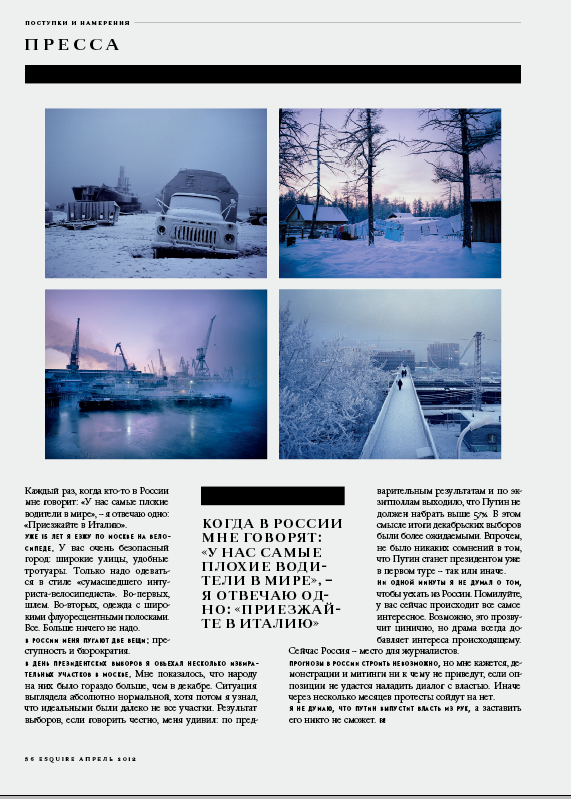
This week’s New Statesman magazine features photographs from the Our Lives project I worked on last year – a commission with Save the Children on UK child poverty.
A selection of the photographs will go on display in the Upper Waiting Hall of the Palace of Westminster, London SW1 from 12-16 March.
Our Lives will be then be on show in the Embankment Galleries at Somerset House from 27 April – 20 May as part of the World Photography Awards exhibition. There will be a seminar in conjunction with the exhibition on 28th April where I’ll be speaking alongside the other photographers who worked on the project- Liz Hingley, Laura Pannack, Abbie Trayler-Smith and Carol Allen-Storey.
In this session of In the Photographers Studio, we speak to award winning photographers Simon Roberts,
